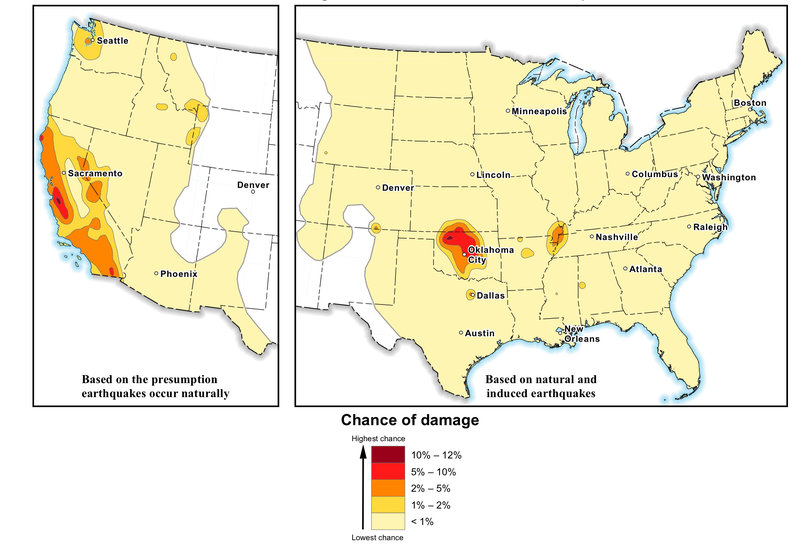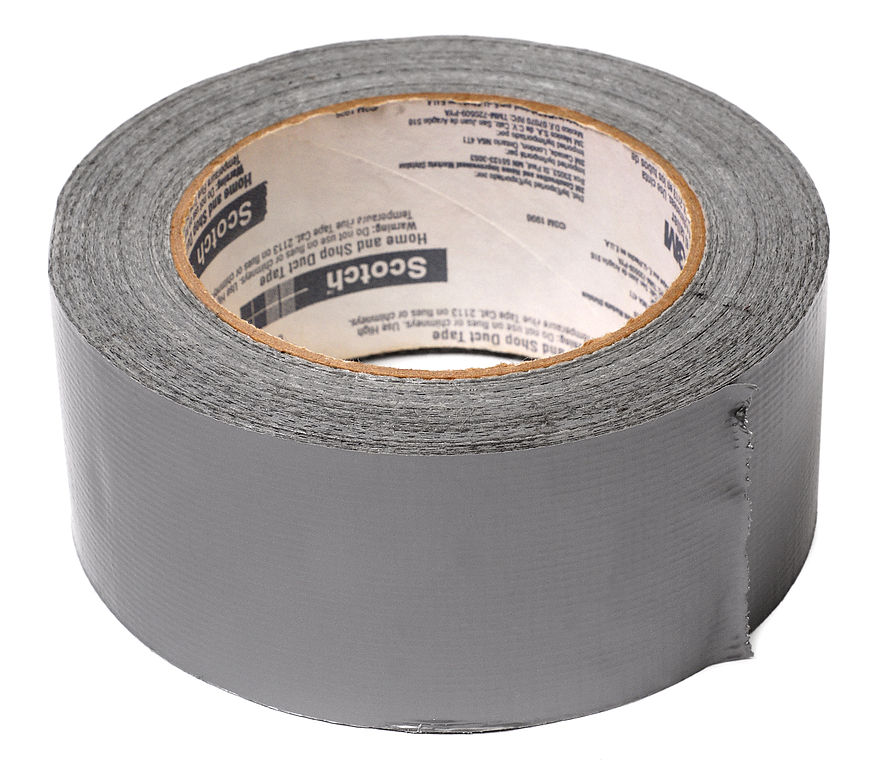Oil pumping activity may be responsible for many mid-sized earthquakes that hit L.A. in the early 20th century, reveals study
05/08/2019 / By Edsel Cook

Given the considerable levels of seismic activity throughout California, it comes as no surprise that Los Angeles has experienced more than its fair share of earthquakes over the centuries. But the results of a recent study warned that many of those quakes may have been triggered by oil pumping and other human activities.
The study was conducted by researchers at the University of Colorado Boulder (UC Boulder) and the United States Geological Survey (USGS). It evaluated the history of the oil industry in the Los Angeles area during the early 20th century. It concluded that up to 50 percent of the mid-sized earthquakes can potentially be traced back to extracting oil from underground deposits around Los Angeles.
In an interview with the LA Times, USGS geophysics researcher Susan Hough said that the Los Angeles Basin might be safer and more stable in terms of purely natural earthquakes than earlier estimates gave the region credit for. She pointed out that the number of moderate tremors in the area reached its highest between 1935 and 1944.
During that period, the Basin averaged one earthquake with a magnitude of 4.4 to 5.1 every two years. Starting in 1945, the tremors started coming much more infrequently. (Related: PROOF: Earthquakes in Colorado and New Mexico a few years ago were caused by oil and gas wastewater injections.)
Oil pumping during the 1930s sped up the timetable for natural earthquakes
Hough and her UC Boulder counterpart Roger Bilham started their study by going over historical records of the damage to the Los Angeles Basin that had been caused by earthquakes. They used this data to further clarify the exact location of earthquakes picked up by seismic sensors starting in 1932, when the government began to keep track of the seismic activity in the area.
As they went over the refined data, the researchers noticed that many of the earthquakes took place near active oil fields. They also identified the pattern of tremors taking place several months after a field expanded its oil well past a depth of 1.9 miles (three kilometers).
By the latter half of the 1950s, oil companies were adopting water-flooding wells. Injecting unpressurized water into oil wells improved the balance of the liquids, thereby decreasing the occurrence of earthquakes. This was different from fracking, which used pressurized water to force oil upward.
Hough and Bilham elaborated that oil pumping lacked the power to create earthquakes by itself. However, the act of pumping oil out of the ground could accelerate the arrival of an earthquake that was slowly but surely building up over the years.
“These earthquakes that we modelled probably would have happened in the next few hundred years anyway,” they said in the interview. “If an earthquake’s about to go, it doesn’t take much to make it happen sooner.”
A reminder that imprudent human activity can lead to devastating consequences
Their study showed that Los Angeles Basin hosted half a dozen earthquakes and a pair of aftershocks during the period of 1935-1944. The magnitude of the quakes ranged from 4.1. to 5.1. In comparison, the devastating San Francisco earthquake of 1906 was a magnitude 7.6.
Starting in 1946, the rate slowed down to one earthquake every seven years. This was because oil companies began to realize that their irresponsible pumping practices during the 1930s were connected to the quakes.
“In California, they were sucking out the oil so fast they were setting up these giant stresses near the oil fields, forces enough to break rock,” Bilham said in the interview. “And we know that they did break the rock because they produced earthquakes in the oil fields that severed the pipes.”
Hough and Bilham published their findings in the Journal of Geophysical Research: Solid Earth.
Sources include:
Tagged Under: earthquake, environment, fossil fuel, fracking, Los Angeles Basin, natural disasters, oil industry, oil pumping, oil well



















